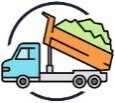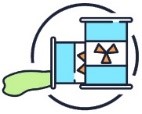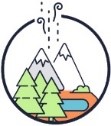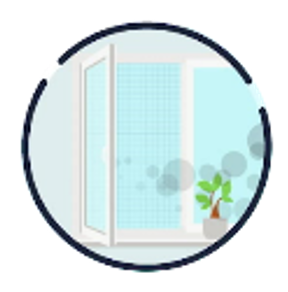Check for potential hazards
We encourage every childcare operator to carefully evaluate their current or future sites using our environmental health assessment checklist. Our program can help you look for potential exposure to harmful chemicals from the following sources:
 Former use of site
Former use of site
When businesses like factories, dry cleaners, and warehouses close, they can leave behind harmful chemicals in the air, soil, and water.

Nearby sites and activities
Nearby sites and activities
If chemicals are released from nearby businesses they can move into the air, soil, or groundwater of a nearby property. For example, fumes from a nail salon can be a problem if it shares a ventilation system with your childcare center.
 Naturally occurring contamination
Naturally occurring contamination
Some contaminants occur naturally in air, water, and soil. Radon gas is a common natural hazard that can seep from underground into indoor air.
 Safe drinking water
Safe drinking water
Clean water is crucial, especially for infants who drink formula made with tap water. Public water supplies are regulated and tested, but private wells are the owner’s responsibility to test. Also, lead from old pipes can leach into the water.
 Air quality
Air quality
Chemicals in outdoor air can travel inside your building. These can combine with everyday activities like cooking, cleaning, and heating your property, causing your indoor air quality to be worse than outside.
Checklists and tools are available
We developed a checklist to help you evaluate potential environmental hazards at your property. Complete the Provider Checklist
(link). If you would like more guidance on how to decrease your exposure to harmful chemicals or have any questions about the checklist, please contact us at EHAP.Info@odhsoha.oregon.gov.
Review the federal Agency for Toxic Substances and Disease Registry’s list of recommendations
(link) to help ensure that your early education and care program is located in a safe place.
Visit our Additional Resources section below for more information on environmental health topics. Our Resource Guide identifies additional sources of information on potential environmental hazards and answers frequently asked questions.